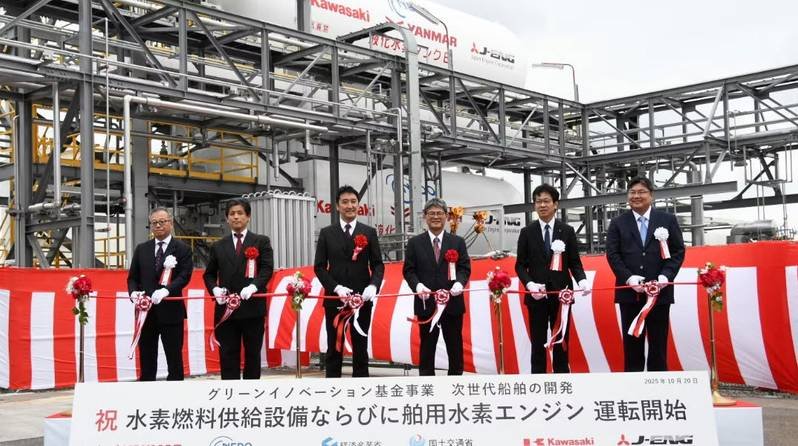A consortium of Japanese companies is moving forward with a project supported by the government to test the feasibility of large-scale floating vertical axis wind turbines. This new design is believed to offer greater efficiency, which could lead to the commercial development of floating offshore wind turbines. Commercializing this technology is crucial for Japan’s goal of increasing its renewable energy sources and reducing reliance on coal-fired power generation.
Japan faces challenges with its offshore topography, as the volcanic nature of the island chain limits the availability of shallow coastal waters needed for fixed-bottom wind turbines. To address this, Japan’s national research and development agency, NEDO, has called for projects to develop next-generation technologies for floating offshore wind power. Five Japanese companies are leading the project, with a focus on installation, maintenance, operation, and design of the wind turbines.
The companies involved in the project believe that using vertical axis wind turbines will increase power generation and reduce overall installation and maintenance costs. The new design features smaller paddles, a maximum height of approximately 360 feet, and the ability to tilt up to 20 degrees while maintaining output. The next phase of the project involves a feasibility study to verify the viability of large-scale commercial vertical axis wind turbines, with plans to develop a small-scale experimental turbine before moving on to a larger offshore demonstration project.


















